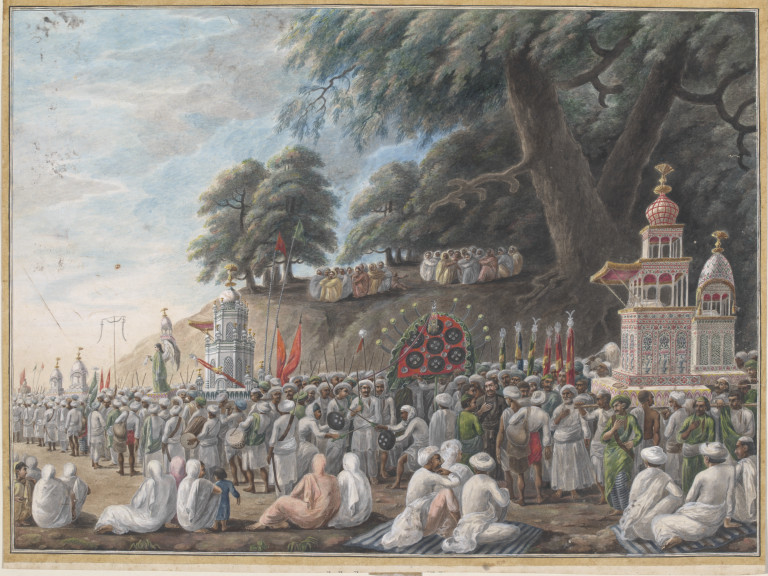Dr.Mazhar Naqvi
Belated joyous greetings and felicitations to all the
admirers of the Holy Prophet and his progeny on the birth anniversary of Imam
Muhammad Taqi al Jawad.The blogger could not post article on the ninth infallible
Imam on his birth anniversary on 10th Rajab due to unavoidable
circumstances but thought it appropriate to post an article on the greatest miracle
of his age known to the world as Imam Muhammad Taqi. During his imamate he enriched the Islamic thought and played a divine role
in preserving the true tenets of Islam. Born in Medina on 10th Rajab 195 A.H ,Imam Taqi dedicated his
life to defend true Islam and countered
perverse ideas and deviated philosophies and ideologies that existed among the Muslims during his period
due to anti-Islam policies of Abbasid
caliphs. The significance of 9th Imam could be gauged from the fact
that the holy Prophet (S) had stated “My
father be sacrificed on the mother of the 9th Imam who will be a pure and pious
woman.”
He was the only son of 8th Imam Imam Ali Ridha.
He lost his father at the age of nine. His sayings has the capacity to change
the life of believers. He says “ “He who listens to any caller is actually
serving him.If the caller was Allah’s representative, he is then serving Allah,
and
If the caller was Satan’s representative, he is then serving the Satan”.
His another popular saying says “Three features cause love in the hearts of people:
Being fair in association with others,comforting others in misfortunes and having a good (generous) heart”.
Imam’s another quote reveals “There are three things that whoever had will not regret:Avoiding hastiness, consulting with others (before commencing any important task) and relying on Allah when determining a mission.”
On relations with brother, Imam says “He, who advises his brother secretly, does him good and he who advises his brother openly, does him wrong”. His another suggests as to how should be Allahs’s message be preached. He says “Let the guardian of Allah’s message in the openness not be an enemy to Him in privacy. He, who pretends to be religious and faithful before people but disobeys Allah secretly, is a liar and a hypocrite”. “Beware of accompanying an evil doer because he is like a drawn sword whose look is nice but its effect is extremely bad!”The words of Imam Taqi are pearls of wisdom. They should be taught at schools all over the world to get rid of evils confronting the society at large across the globe.
If the caller was Satan’s representative, he is then serving the Satan”.
His another popular saying says “Three features cause love in the hearts of people:
Being fair in association with others,comforting others in misfortunes and having a good (generous) heart”.
Imam’s another quote reveals “There are three things that whoever had will not regret:Avoiding hastiness, consulting with others (before commencing any important task) and relying on Allah when determining a mission.”
On relations with brother, Imam says “He, who advises his brother secretly, does him good and he who advises his brother openly, does him wrong”. His another suggests as to how should be Allahs’s message be preached. He says “Let the guardian of Allah’s message in the openness not be an enemy to Him in privacy. He, who pretends to be religious and faithful before people but disobeys Allah secretly, is a liar and a hypocrite”. “Beware of accompanying an evil doer because he is like a drawn sword whose look is nice but its effect is extremely bad!”The words of Imam Taqi are pearls of wisdom. They should be taught at schools all over the world to get rid of evils confronting the society at large across the globe.












